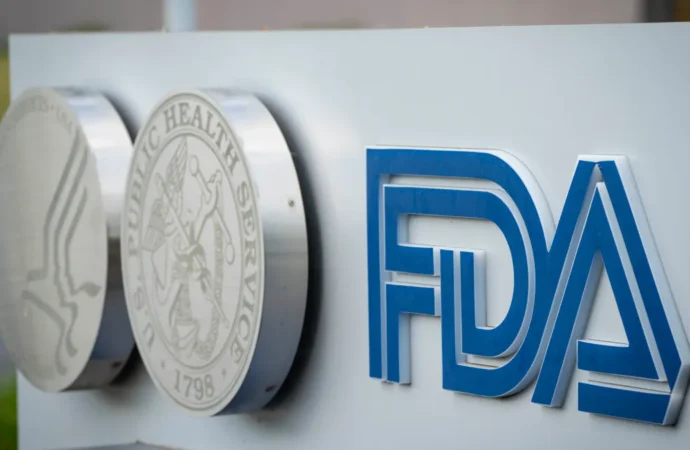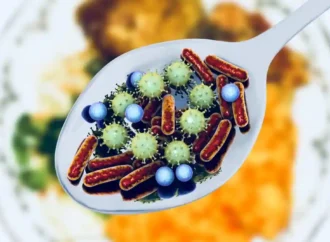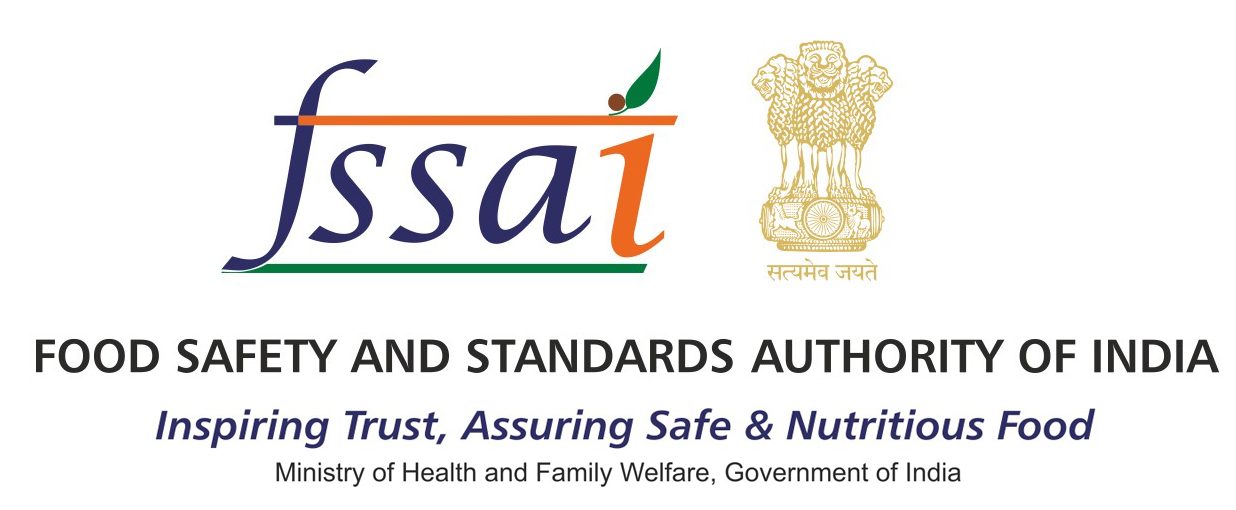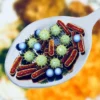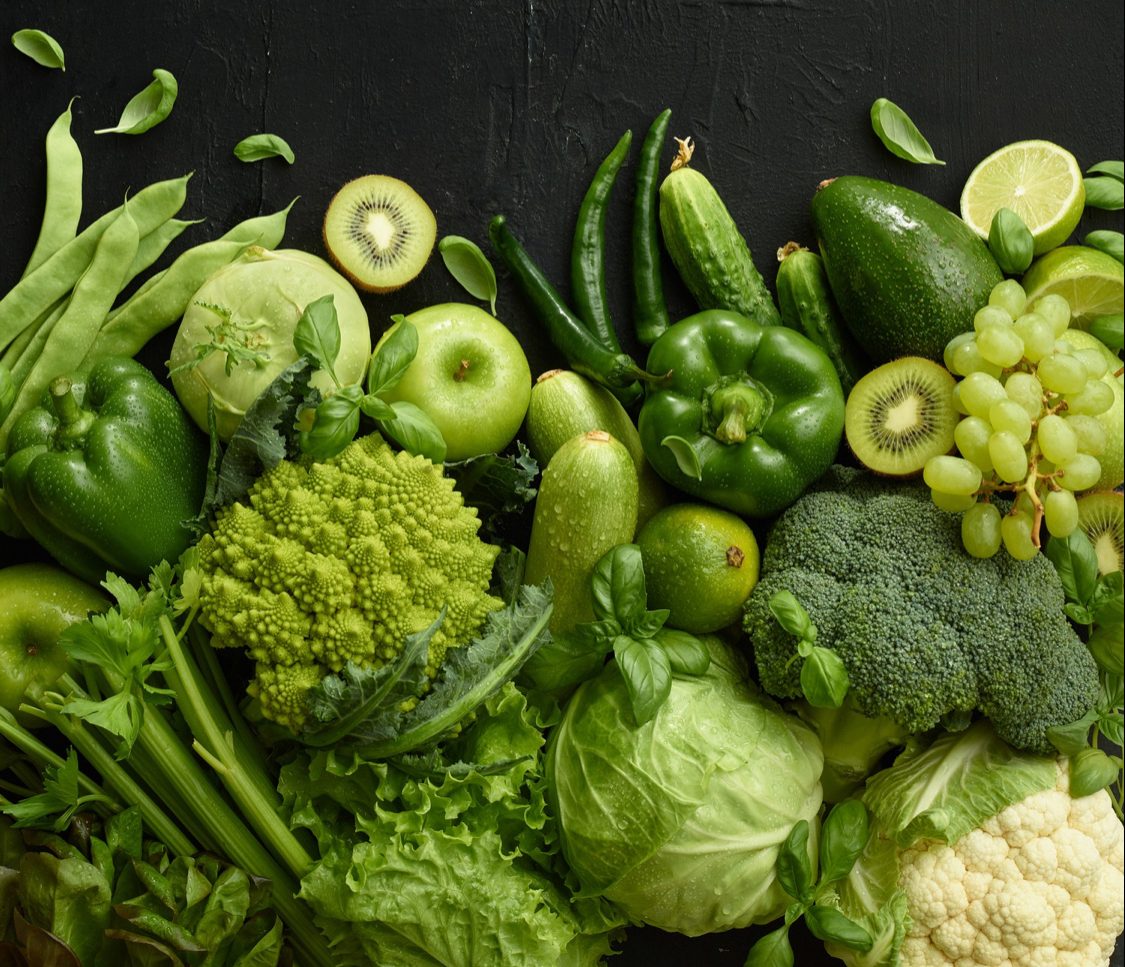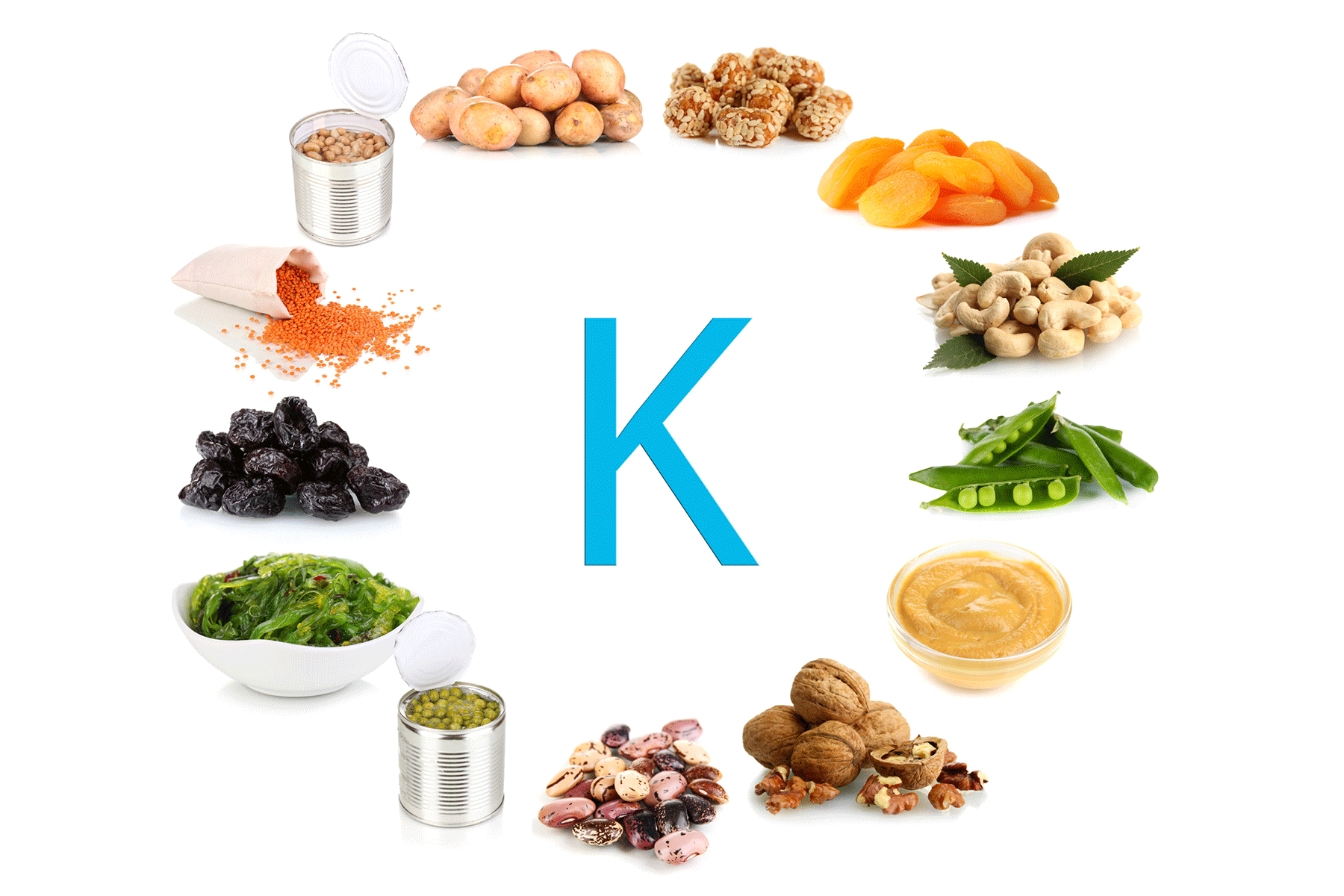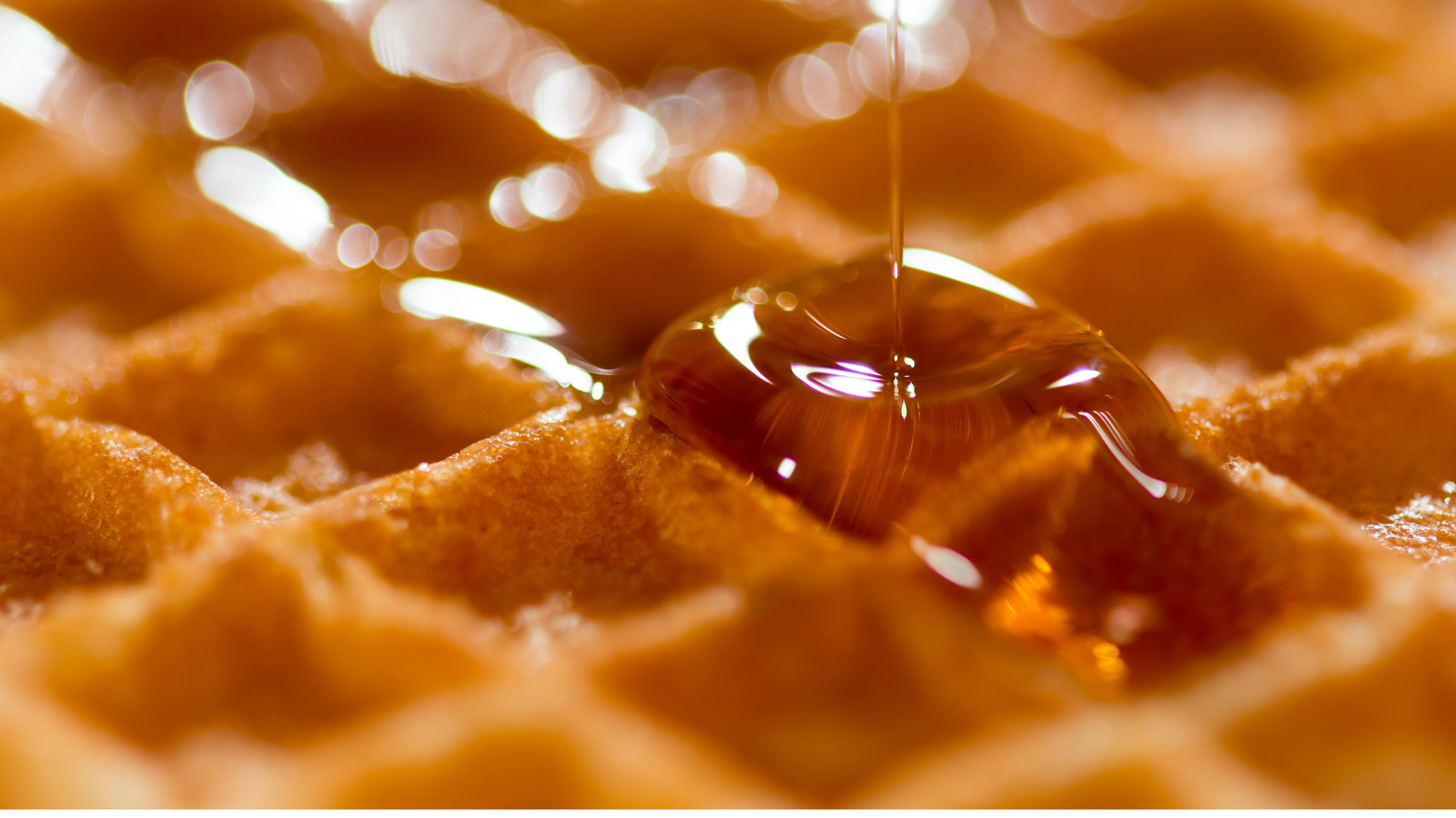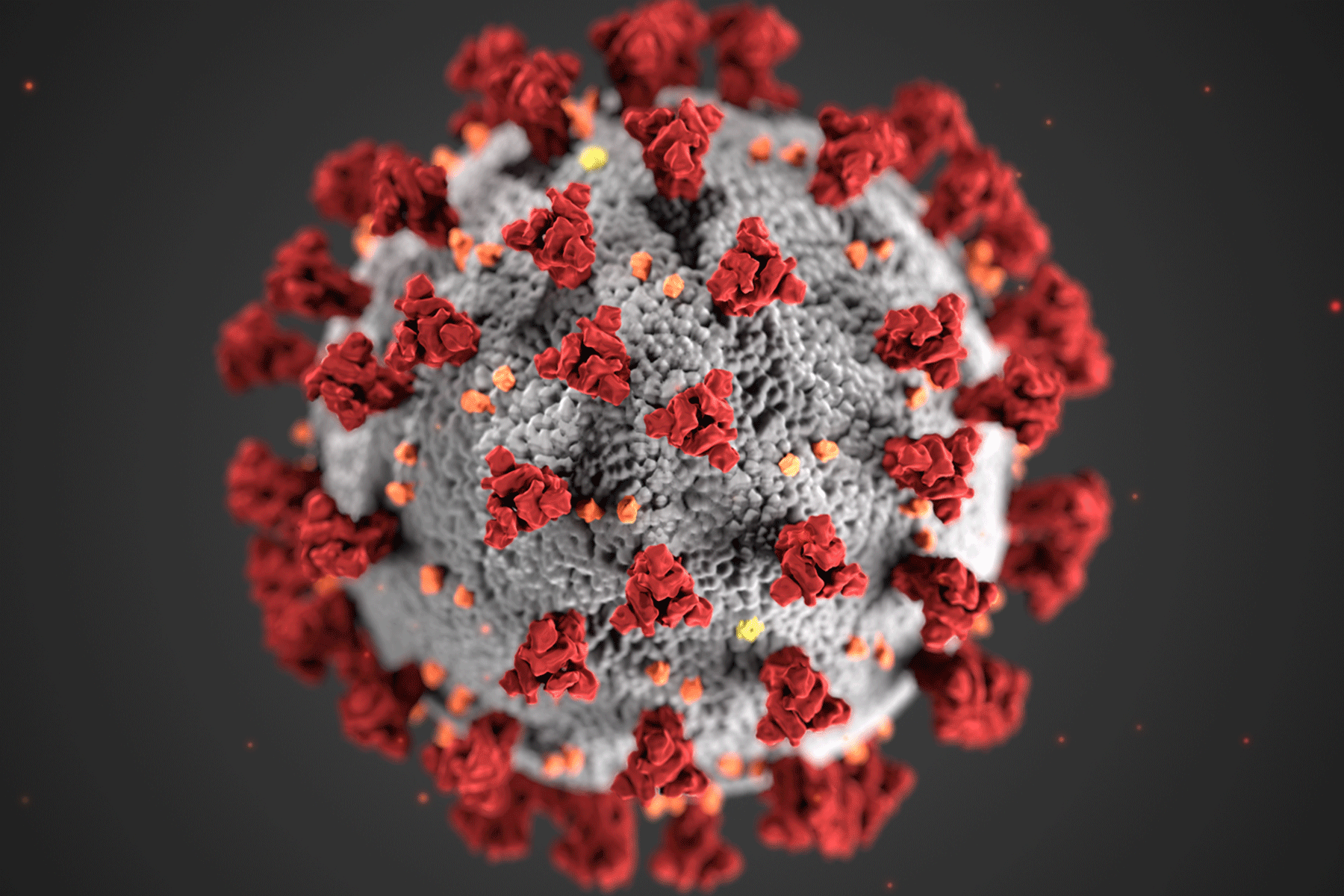Report
On Monday, the Food and Drug Administration (FDA) introduced new guidelines to limit lead levels in baby foods, such as jarred fruits, vegetables, yoghurts, dry cereals, and other processed items. This initiative aims to reduce children’s exposure to lead, a harmful metal known to cause developmental and neurological problems. The FDA’s final guidelines project that these new limits could reduce lead exposure from processed baby foods by 20% to 30%. Although the thresholds are voluntary for food producers, they give the FDA the authority to take enforcement action if products exceed the established limits.
Consumer Advocates Express Concerns
Consumer advocates, who have long called for stricter regulations on lead in foods for children, praised the FDA’s action but expressed disappointment with some aspects of the guidelines. Thomas Galligan, a scientist at the Center for Science in the Public Interest, acknowledged the progress but noted that “the agency delayed action and overlooked crucial public feedback that could have strengthened these standards.”
The new guidelines fail to include grain-based snacks, such as puffs and teething biscuits, which some studies suggest may contain high lead levels. They also do not address other harmful metals, such as cadmium, found in baby foods. Brian Ronholm, director of food policy at Consumer Reports, criticized the new limits as “almost negligible,” arguing that they focus more on industry practicality than on safeguarding public health.
Gerber Complies with New Standards
A representative from Gerber, a leading baby food producer, confirmed that the company’s products meet the FDA’s new guidelines. However, this compliance does not eliminate concerns raised by consumer groups and health experts.
No Safe Level of Lead for Children
The U.S. Centers for Disease Control and Prevention (CDC) has made it clear that no level of lead exposure is safe for children. Even low levels of lead can result in significant health risks, including brain and nervous system damage, as well as delays in growth and development. Although lead is naturally found in some foods, it often enters the food supply through environmental contaminants like air, water, and soil, making complete elimination difficult.
Lead Limits Set for Specific Baby Foods
The FDA’s updated guidelines establish a maximum lead level of 10 parts per billion (ppb) for many fruits, vegetables, grain and meat blends, yoghurts, custards, puddings, and single-ingredient meats. For single-ingredient root vegetables and dry baby cereals, the threshold is set at 20 ppb. These guidelines apply to packaged, processed baby foods sold in jars, pouches, tubs, or boxes.
Background on Lead Contamination Incidents
The updated recommendations follow incidents where lead-contaminated pouches of apple cinnamon puree caused over 560 cases of illness in U.S. children between October 2023 and April 2024, as reported by the CDC. The lead levels in these products exceeded the FDA’s limits by more than 2,000 times. Although the FDA does not require action on foods that violate existing regulations, the agency emphasized the need to reduce lead exposure in children’s diets as part of its ongoing efforts to protect public health.
Source: NBC News
 Food Manifest
Food Manifest 